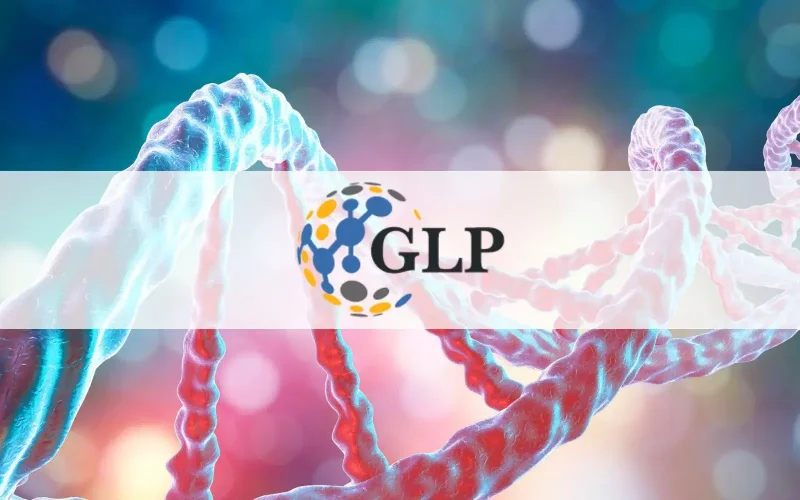Dr. Hyochol “Brian” Ahn, professor at UTHealth’s Cizik School of Nursing, suggested that pain could be zapped away using electric currents. The concept behind his research is transcranial direct current stimulation (tDCS), a noninvasive way to stimulate certain parts of the brain using a low intensity current.
…
The day the study finished, [Lyme disease patient Jenny] Harrison said that lockdown began. “For the next two months, I didn’t have any pain,” she said. “Usually, I have it when I first wake up, before I even get out of bed. It was like I had a whole new lease on life.”
Harrison is not cured; she still feels pain from time to time, though it is greatly reduced.
“It’s certainly the best I’ve felt in five years – with no side effects,” said Harrison, who looks forward to a day when the electronic headgear is available at stores.
“If I could buy one, I’d get it today,” she said.
And that day may be getting closer. Ahn recently was awarded a $2.4 million grant from the National Institute of Nursing Research to continue his studies.
Ultimately, providing a drug-free pain relief is Ahn’s goal. The first steps are focusing on transcranial direct current stimulation, finding the optimal duration for the treatment and researching whether combining this method with other therapies will provide greater relief.































